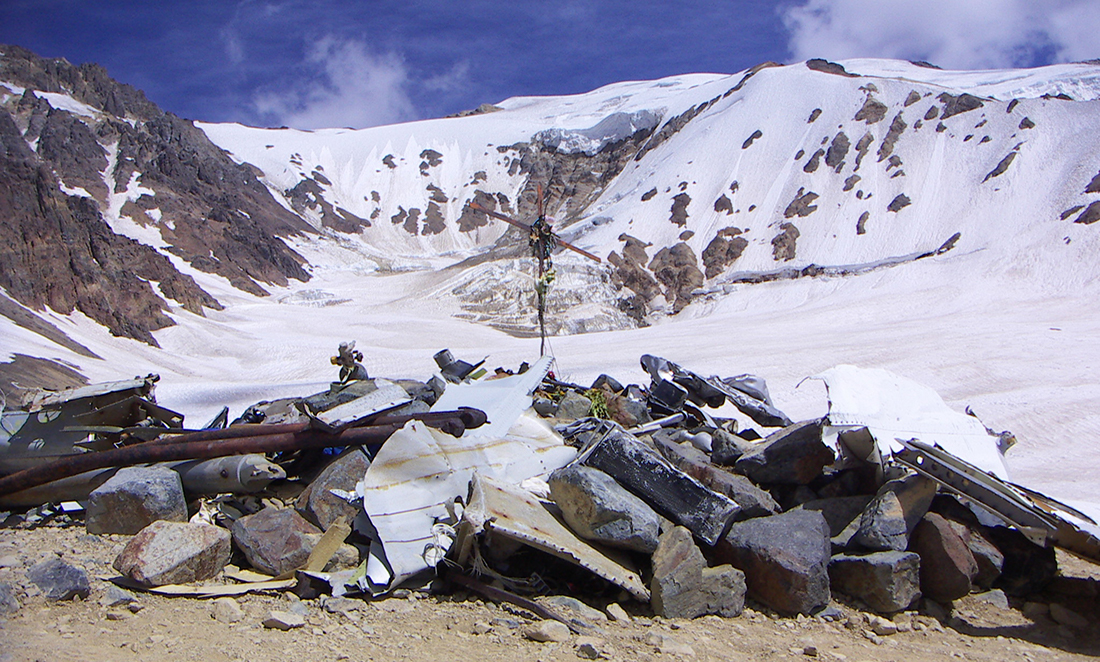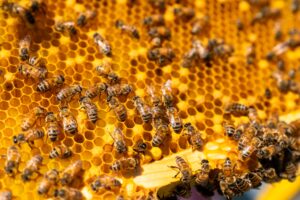Eating other humans is an ultimate taboo—but is it really that bad?
Ethically, it raises a lot of questions.
Legally, the implications can be quite complex.
But what about biologically speaking?
Once you get past the cultural implications of cannibalism, you’ll find there’s a lot of science behind the consumption of human flesh.
IS IT UNNATURAL?
Not at all.
Cannibalism occurs in every corner of the animal kingdom.
Most often, it’s a survival strategy.
Sometimes it’s stress induced.
And sometimes it’s all about sex.
From insects to toads, rabbits to bears—even humanity’s closest living relatives—everybody’s doing it.

IS IT UNHEALTHY?
As far as dietary guidelines go, the Australian Government would probably prefer that we eat chicken.
The human body contains a significant amount of adipose tissue (fat), which means that cannibalism is probably not compatible with you having a tight beach bod.
Of course, moderation in all things is the best policy. I guess that also applies to cannibalism.
DOES IT TASTE BAD?
Most reports point to no, although sources conflict as to our actual flavour profile.
Cow, pig and sheep are all animals we have been likened to. ‘Goaty’ has been thrown in the mix.
We have variously been described as sweet, bitter, tender, tough and fatty. Most of this insight has been contributed by certified madmen, so who knows how reliable their testimonies really are?
What is likely is that our flavour will depend on which of our muscles is being eaten and how it’s being cooked as well as our diet, health and age.
We do know that we are definitely red meat, thanks to the myoglobin in our muscles. Its purpose (in living muscles) is to help ship around oxygen. In dead meat, it’s mostly found in that red puddle at the bottom of the Styrofoam tray (yeah, that stuff isn’t actually blood).
DOES IT KEEP YOU REGULAR?
I’m sure your team mates don’t go down easy, but apparently they don’t come out easy either.
In 1972, a plane carrying a Uruguayan rugby team crashed into the Andes mountains. Of 45 passengers and crew, only 16 survived. When survival rations ran out, it was necessary to eat the bodies of the dead, which had been preserved in the sub-zero temperatures.
In Alive: The Story of the Andes Survivors, the survivors’ accounts detailed how they suffered terrible constipation after consuming their team mates.
So if you like pooping, cannibalism is probably not for you.

CAN IT KILL YOU?
Yes, definitely.
The consumption of human flesh has helped plane crash survivors live, but it has also caused the untimely death of many … and not just those being eaten.
Without properly preparing your person-meat, you run the risk of catching bloodborne diseases. I’m talking hepatitis, Ebola, HIV, syphilis—all that fun stuff.
People are pretty filthy—dead or alive. Contamination from E. coli and other gut diseases are also a threat to your wellbeing when you munch on mankind.
But if you’re really keen on living past your posthumous snack, it’s their brain that you have to watch out for—the brain and those pesky prions.
WHAT IS A PRION?
A prion is a misfolded protein that causes prion diseases or transmissible spongiform encephalopathies (TSEs).
Prion diseases affect the brain, giving it a sponge-esque form, not unlike Swiss cheese.
TSEs in humans were first observed in Papua New Guinea, when members of the Fore tribe died after consuming their loved ones in cannibalistic funeral rites. Their disease, called kuru, started with unsteadiness and tremors, then progressed to emotional instability, incontinence, unresponsiveness, ulcers and, ultimately, death.
Kuru was most often seen in women and children, as they traditionally ate the brain of the dead. The brain has a much higher concentration of prions than other organs, but all other body parts (including blood) could contain them.
If eaten, prions will convert normal proteins into more prions in a fatal, painful, incurable cascade.

More recently, mad cow disease killed over 200 people when they ate prion-infected beef. The cattle had been fed the remains of other cows in an effort to make them nice and plump and juicy for market. Yum.
Prions don’t have DNA, so you can’t kill them with radiation or heat. A good grilling won’t make your prion-riddled steak safe for consumption.
SO, IS IT REALLY BAD TO EAT PEOPLE?
I’m going to go ahead and say, yeah, I think it’s probably bad to eat people.
But if the threats of getting fat, being constipated and dying haven’t convinced you, then I’m not sure anything will.









